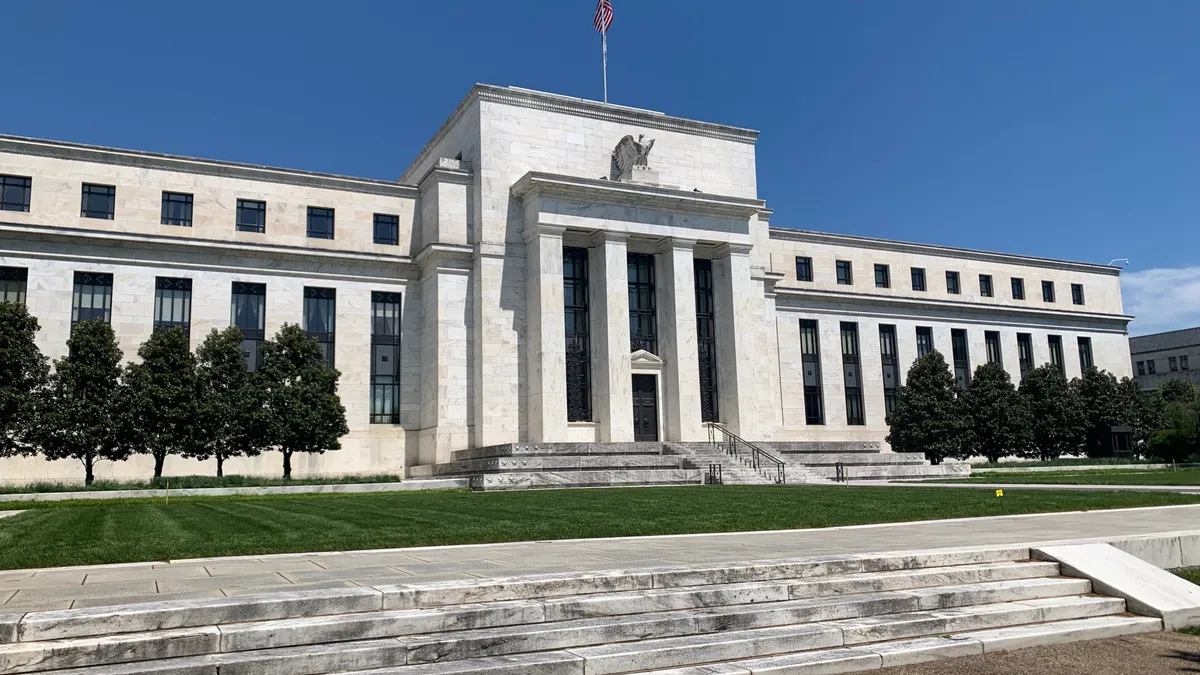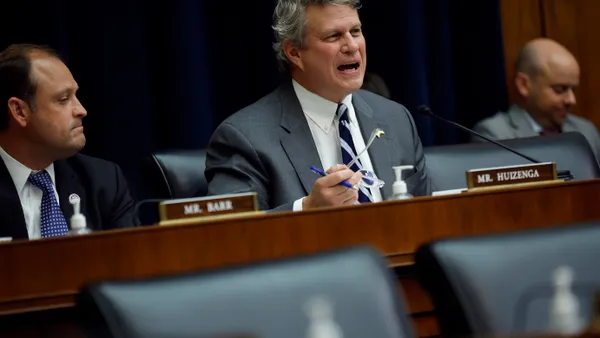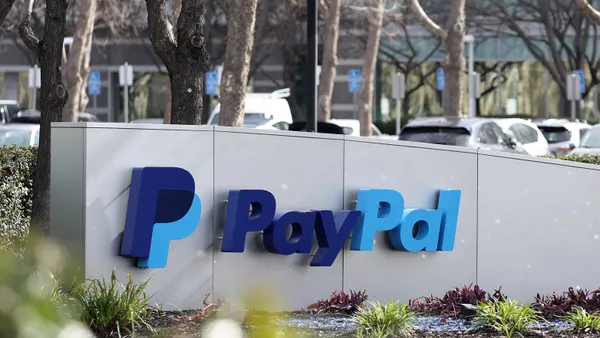Brigit Carroll is policy lead for the Americas at cross-border payments company Wise, helping oversee public affairs and advocacy for the U.S., Canada and Latin America. She is based in Washington.
FedNow coming into place is an important step forward for a faster and more efficient payments system in the United States. However, it is just the start of the broader payments modernization we need to enact in this country.
Let’s look at other countries as a comparison for where we must look next. Real-time payments are the standard globally — more than 60 countries have had these systems in place for years. Direct access to central banks often goes hand-in-hand with the success of these faster payments schemes.
Ultimately, the infrastructure currently in place in the U.S. is not reflective of where the financial services industry is today, as fintechs have advanced alongside the needs of consumers and small- and mid-sized businesses.
It’s time for the U.S. to update its payments infrastructure to better reflect how financial products are currently used. Allowing access to Federal Reserve payments services for nonbanks will bolster the success of FedNow and bring our country closer to others on payments modernization.

While we should celebrate FedNow as a crucial move to modernize the U.S. financial system, it does not solidify faster payments for all. To accomplish that, the Fed needs to consider how nonbanks are gaining access to both FedNow and the Federal Reserve payments system.
Currently, only depository institutions can access the Federal Reserve payments system. Under current rules, payments companies, like Wise, rely on bank partners to access payment rails. That means relying on a bank’s technology and infrastructure, translating into higher costs for consumers and slower payment times overall.
So, what’s the answer? The Fed can use its existing authority to decouple master account eligibility with access to its payments infrastructure. It does not make sense for master accounts — which are tied to deposit-taking and lending activity — to be associated with payments services, as these carry different benefits to society.
A company that provides payment services could provide them efficiently and safely with risk-based access to certain Federal Reserve services, without a need for a master account.
Let’s look at Wise. When Wise gained direct access to the U.K. central banking services in 2018, we were able to immediately cut the cost of a payment for our customers and the average speed of a payment.
In the United States, FedACH only charges a fraction of a cent to send payments directly, but payments companies are charged as much as a 100 times markup or more by their competitors to access the system. Removing these unnecessary costs will allow consumers to benefit from cheaper — and faster — payments.
Further, the federal government currently lacks direct oversight of the largest payments companies, as nonbank payments companies have not been granted access to the Federal Reserve payments system.
Right now, two banks originate roughly 50% of ACH transactions, and the same two banks partner with many large payment companies. That means risk is concentrated, and there are single points of failure for retail payments. Access to the Federal Reserve payments system would enable Fed oversight of payments companies that are otherwise not directly supervised.
The Fed taking action on FedNow is important, but it cannot stop there. Direct access to its payments system for nonbanks — specifically payments companies — will push the U.S. more fully into payments modernization. It will allow us to stand up alongside the rest of the world and give consumers the level of competence they expect from our country’s payments network. But we must act now, before we fall further behind.










